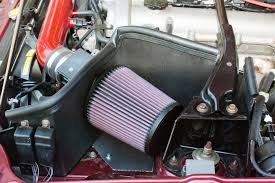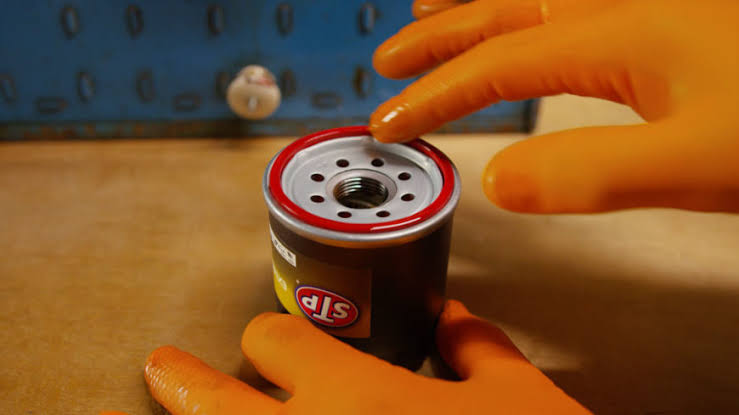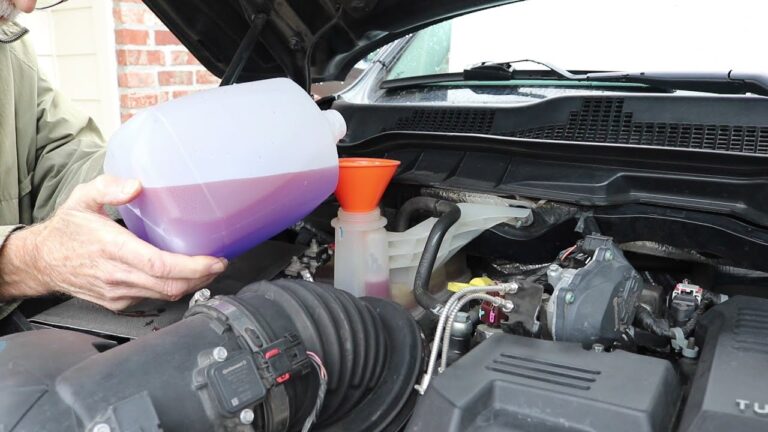Will Cold Air Intake Increase Horsepower?

Yes, a cold air intake can increase horsepower, but the gains may be modest depending on your vehicle and other modifications. While it’s not a magical upgrade that turns your car into a race machine overnight, it does improve airflow, which can enhance engine performance under the right conditions.
🔧 What Is a Cold Air Intake?
A cold air intake (CAI) is an aftermarket system that replaces your car’s stock air intake. It’s designed to bring cooler air from outside the engine bay into the engine. Cooler air is denser and contains more oxygen, which helps the engine burn fuel more efficiently—resulting in increased power.
🚗 How Cold Air Intakes Improve Horsepower
1. Cooler Air = More Oxygen
Engines love oxygen. When you feed the engine cooler, denser air, it mixes with fuel more effectively and produces a stronger combustion.
2. Improved Airflow
Most stock air intake systems are restrictive. A cold air intake typically uses wider, smoother tubing and a performance filter to reduce airflow resistance.
3. Tuned for Performance
Some cold air intakes are specifically tuned to optimize power output in certain RPM ranges. This can lead to a noticeable boost in acceleration and throttle response.
⚙️ How Much Horsepower Can You Gain?
The typical horsepower gains from a cold air intake range from:
- 5 to 15 HP on average for naturally aspirated engines
- Up to 20+ HP in turbocharged or performance vehicles when paired with other mods like exhaust and tuning
While these numbers may not seem massive, the improved throttle response and sound are often just as noticeable and enjoyable as the horsepower bump.
🧪 Real-World Performance vs. Expectations
Don’t expect miracles. A cold air intake isn’t going to turn a 150 HP car into a 250 HP beast. However, when combined with other upgrades like:
- Performance exhaust
- ECU tuning
- Better spark plugs
…a cold air intake becomes a key component in a full performance build.
🛑 Potential Downsides to Consider
- Hydro-locking risk: Some CAIs pull air from low in the engine bay. If you drive through deep water, you could suck water into the engine, which can cause serious damage.
- Check engine lights: Improper installation or MAF sensor issues may trigger warning lights.
- Minimal gains on some engines: Especially smaller, economy-focused engines may not benefit much unless paired with other modifications.
✅ Pros and Cons Summary
| Pros | Cons |
|---|---|
| More horsepower (5–15 HP) | Risk of hydro-lock |
| Better throttle response | May trigger engine codes |
| Improved engine sound | Not effective on all cars |
| Can improve fuel economy slightly | Gains may be minimal without other mods |
FAQs: Cold Air Intakes and Horsepower
Q: Will a cold air intake increase horsepower by itself?
Yes, but modestly. Expect a gain of around 5–15 HP depending on the vehicle.
Q: Does a cold air intake make my car louder?
Yes. It often gives the engine a deeper, throatier sound, especially under acceleration.
Q: Do I need a tune after installing a cold air intake?
Not always. Many bolt-on CAIs work fine without a tune, but tuning can optimize performance gains.
Q: Will a cold air intake affect my warranty?
It depends. Some manufacturers may void the warranty if the part causes damage. Always check your warranty terms.
Q: Can I install a cold air intake myself?
Yes. Most kits come with instructions and are relatively easy to install with basic tools.
Final Thoughts
So, will a cold air intake increase horsepower? The answer is yes, but it’s not a dramatic transformation unless combined with other performance upgrades. Still, it’s one of the easiest and most cost-effective mods for drivers who want a little more power, better sound, and enhanced engine response.





